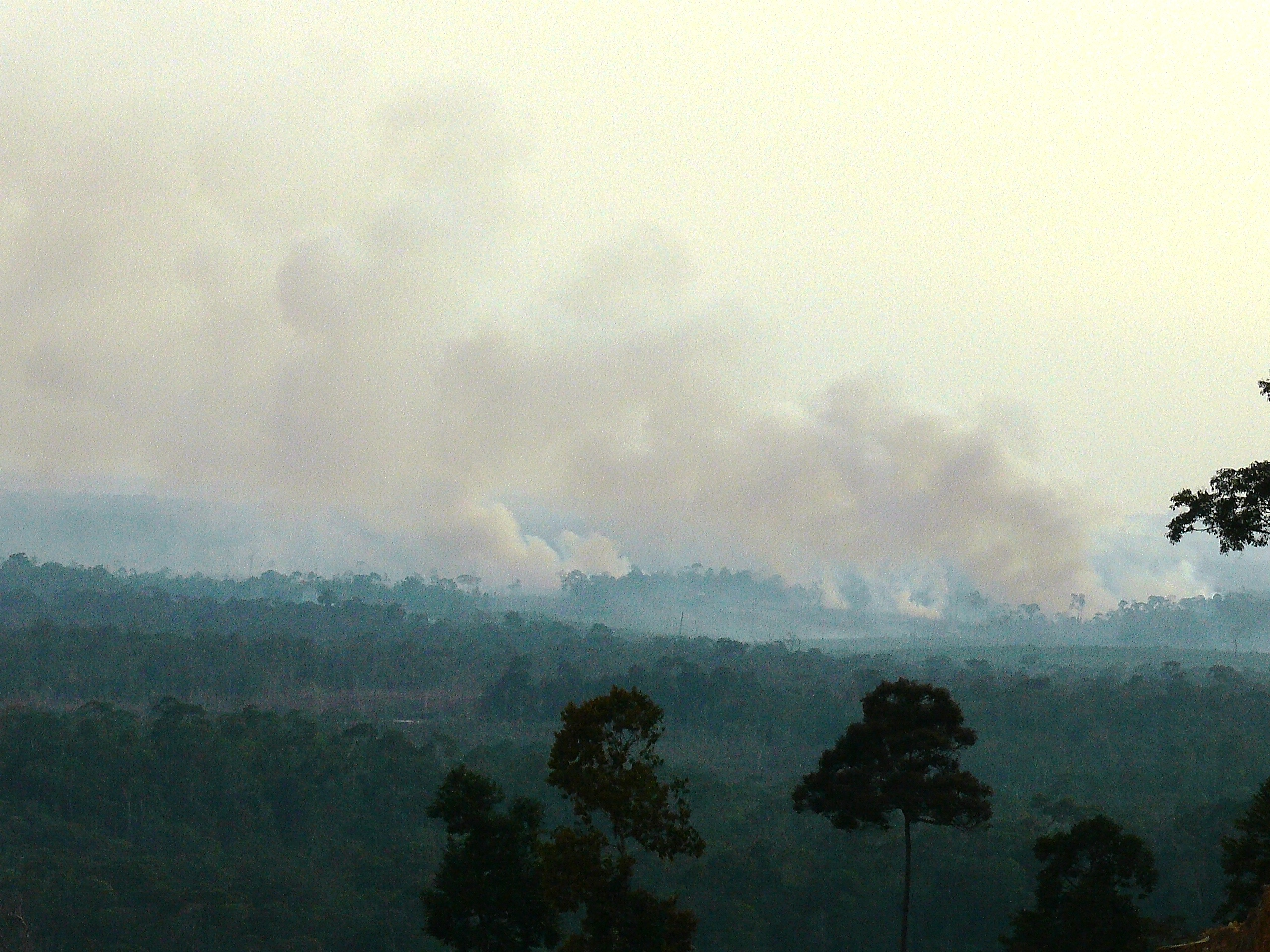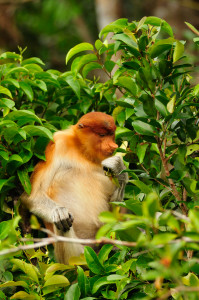By Lizzie Wasilewska
In addition to the ongoing work of environmental researchers, sometimes the knowledge provided by local populations is just as crucial for the conservation of forests. For more than two decades, American Forests has worked with local partners to plant trees around the world through Global ReLeaf; we also encourage people to discover, register and celebrate champion trees in their region. Recently, the Center for International Forestry Research (CIFR) has released a report that reaffirmed the importance of reaching out to local populations and gathering information about forests from them.
The CIFR researchers focused their study on the Malinau District of East Kalimantan Province in the Indonesian area of Borneo. Locals and outsiders recognize the toll that human development has taken here: The forest is still biologically diverse, but due to a decade of logging, mining and planation projects, it has degraded and fragmented. As a result, many local species — including the sun bear, tarsiers, slow loris, proboscis monkey, clouded leopard and orangutan — are threatened.
The researchers began their study by selecting individuals recognized by their communities as being knowledgeable about the forest. Typically, these were men who routinely
entered the forest to hunt and collect products. The selected participants then elaborated on the researchers’ maps of the region, providing crucial information about populations of endangered species. These local experts helped pinpoint wildlfie habitats and recounted their observations of the species’ behaviors.
This data proved invaluable for the CIFR’s time-sensitive research goals and efforts to save the forest from further destruction. In the conclusion of their study, the researchers write that “engaging local knowledge in biodiversity surveys can be not only cheap and practical, but also provide valuable support to achieve conservation outcomes,” and they encourage scientists to continue forging relationships with locals. Thanks to the knowledge these researchers gained from the Malunau community, they were able to develop forest conservation strategies faster and more effectively.
We have often found that local cooperation and education is one of the best ways to complete forest restoration work. In Vermont’s Green Mountain National Forest, which was flooded due to Hurricane Irene, local volunteers and American Forests launched a project to reforest 41 acres with more than 7,000 trees. The new trees will improve living conditions for various species and filter the area’s water. This is one of many projects that has moved forward due to the dedication of local populations.

